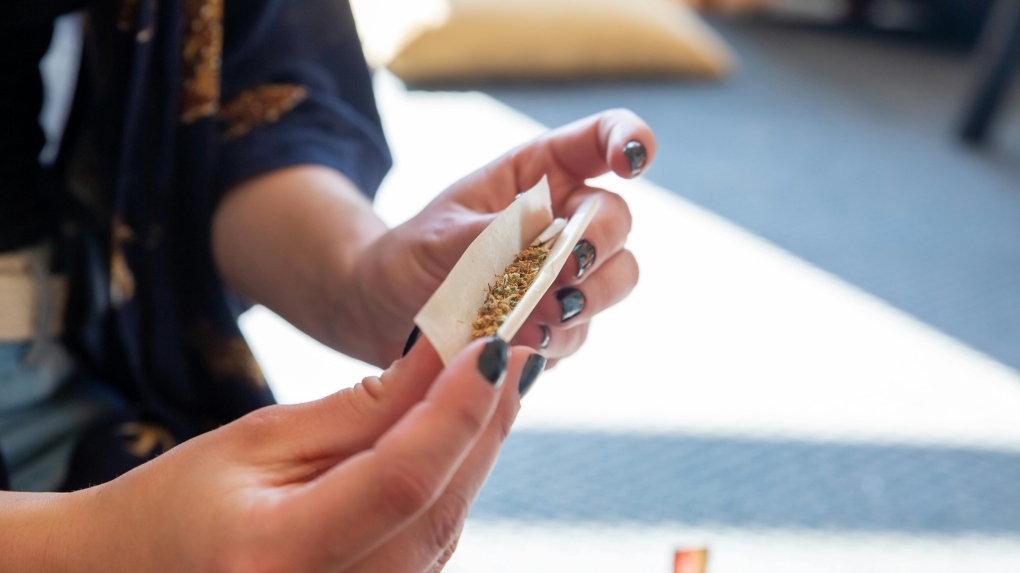High thoughts: The habits of Canadian cannabis users are revealed in a new StatCan report

Five years after cannabis became legal in Canada, the country’s national statistical agency has the average Canadian consumer pretty well figured out. Are you a woman over 25 who enjoys cannabis? Statistically speaking, you probably prefer an edible over smoking dried flower.
Statistics Canada has conducted a series of surveys to measure the social, health and economic impacts of legalized cannabis since the Cannabis Act took effect in October 2018. The latest one, the 2023 National Cannabis Survey, sheds light on users’ preferences and habits last year, broken down by age and sex.
The agency’s findings include some changes for the better since legalization.
“Some encouraging findings since legalization include an increase in the share of cannabis obtained from legal sources from 2018 to 2023, a decrease in the number of cannabis-drug offences (since legalization, possession is not considered a criminal offence, although there are exceptions), and no increase in rates of cannabis use among 15-to-17 year olds,” the agency’s Research to Insights: Cannabis in Canada report said.
Among the seven-out-of-10 cannabis consumers who bought exclusively from the legal market in the 12 months prior to the survey, the main reasons cited for buying from legal sources were product safety (38 per cent), convenience (16.9 per cent) and a desire to follow the law (12.9 per cent).
Frequent flyers
In Canada last year, 8.7 per cent of adults aged 18 to 24 and 10.3 per cent of those 25 to 44 reported having used cannabis daily or almost daily in the previous 12 months, compared with 4.8 per cent of adults aged 45 years and older.
Among adults aged 45 and older, men were more likely to use cannabis daily than women, while sex was not a factor in adults younger than 45.
According to StatCan, frequent cannabis use can be a sign of dependence. The agency cited a study that found 72.4 per cent of daily cannabis consumers experienced impaired control over their use of cannabis and were at risk for developing cannabis use disorder.
Different preferences
In addition to revealing a mix of encouraging and disconcerting usage habits in 2023, StatCan gained some insight into the product preferences of the one-in-three adults 18 to 44 years in age and one-in-seven adults 45 years and older who had used cannabis in the 12 months leading up to the survey.
Different cannabis products present a range of potency levels, and the method used to consume the product can affect how quickly the effects are felt.
When the Cannabis Act first took effect, it legalized the sale of dried cannabis, fresh cannabis, cannabis oil, cannabis plants and cannabis seeds. A year later, it was expanded to include cannabis extracts, edibles and topicals.
Across all age groups, the two most commonly used products in the 12 months preceding the survey were dried leaf or flower (62.1 per cent) and cannabis edibles (57.1 per cent).
Younger cannabis consumers tended to prefer using vape pens and cartridges, cannabis extracts and concentrates, cannabis beverages, dried leaf or flower, and edible cannabis over older users. Meanwhile, older consumers were more likely to prefer cannabis topicals and oral cannabis oils.
For consumers 25 and older, dried leaf or flower products were used more commonly among men (70.2 per cent) compared to women (48.4 per cent), and edible cannabis products were more commonly used among women (62.7 per cent) than men (51.9 per cent). Sex did not appear to lead to the same differences in adults 18 to 24 years old.
Methodology
From July 14 to Oct. 15, 2023, StatCan surveyed 2,251 young adults 18 to 24 years old and 5,185 adults aged 25 years and older. The sample was drawn from people living in the 10 provinces and excluded people living in collective dwellings or people living on reserves.
For the purposes of the survey, cannabis was defined as including marijuana, hashish, hash oil or any other products made from the cannabis plant.
Data was self-reported and limited to what the survey respondents were willing to share on an online questionnaire or to an interviewer over the phone. Social desirability and fear of punishment are potential sources of bias, especially for questions that ask respondents to admit to breaking the law.
Small sample sizes for some analyses may also have reduced the ability to reach statistical significance. In some cases, age groups were combined to improve statistical power and the stability of the estimates.
View original article here Source









